Underwater drone inspections have emerged as a groundbreaking solution for detecting and monitoring oil well leaks. By utilizing remotely operated vehicles (ROVs) equipped with advanced cameras and sensors, oil and gas companies can efficiently identify leaks and prevent potential environmental disasters. This article explores the benefits of underwater drone inspections and provides a comprehensive guide on how to conduct inspections effectively.
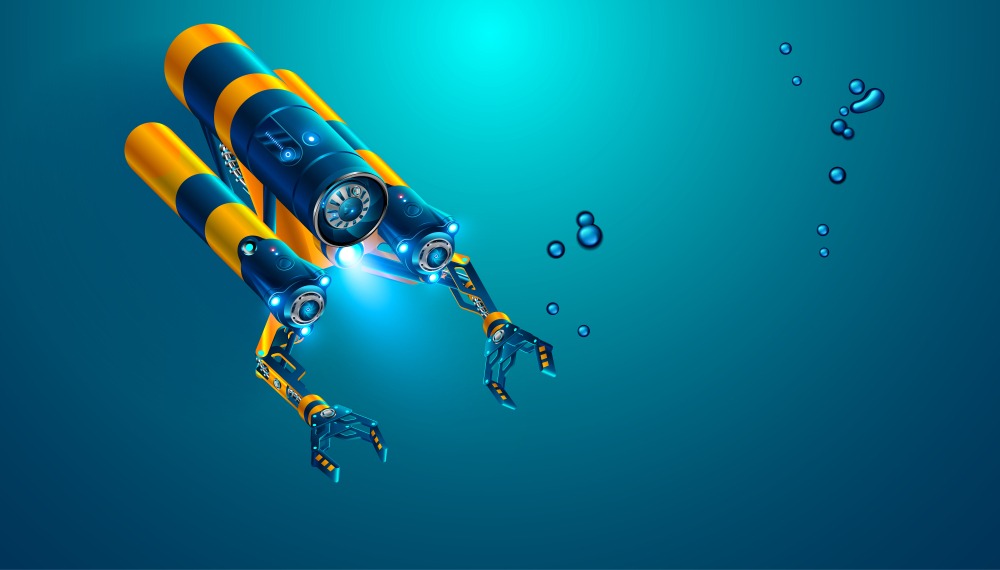
Benefits of using underwater drones for oil well inspections
Underwater drones offer several advantages over traditional inspection methods when it comes to monitoring oil well leaks. These benefits include:
- Cost-effectiveness: Underwater drone inspections eliminate the need for expensive manned operations, reducing costs significantly.
- Efficiency: Drones can swiftly maneuver underwater, covering a large area in a shorter time frame compared to manual inspections.
- Accessibility: Drones can access challenging or hazardous locations, enabling inspections in deep waters or remote offshore areas.
- High-resolution imaging: Advanced cameras on underwater drones provide clear and detailed visuals, enhancing leak detection accuracy.
- Real-time data: Drones can send real-time sensor data and video feeds, allowing for quick analysis and decision-making.
Step-by-step guide to conducting underwater drone inspections for oil well leaks
1. Preparing the drone and equipment
- Make that the drone is in good working order and carry out the required maintenance inspections.
- Calibrate sensors and cameras for accurate data collection.
- Confirm that all required safety measures, such as flotation devices and emergency stop procedures, are in place.
2. Deploying the drone and conducting the inspection
- Identify the target area for inspection and plan the drone’s route accordingly.
- Safely launch the drone into the water and monitor its movements throughout the inspection.
- Utilize the drone’s camera and sensors to capture high-quality imagery and collect relevant data.
3. Collecting and analyzing data
- Retrieve the drone from the water and transfer the collected data to a secure storage device.
- Use specialized software to analyze the data, focusing on identifying potential leaks or anomalies.
- Compare the collected data with previous inspections to track changes in the well’s condition.
4. Reporting and taking action based on findings
- Generate a comprehensive report that includes visual evidence, data analysis, and recommendations.
- Share the report with relevant stakeholders, such as engineering teams and management.
- Based on the findings, implement necessary maintenance or repair measures to address any identified leaks or potential issues.
Best practices for successful underwater drone inspections
To ensure effective and successful underwater drone inspections for oil well leaks, consider the following best practices:
- Conduct regular maintenance and calibration of the drone and its equipment to optimize performance.
- Train operators in drone piloting skills and familiarize them with the inspection procedures.
- Utilize specialized software for data analysis and visualization to enhance leak detection accuracy.
- Maintain a detailed record of inspections and findings for future reference and comparison.
- Stay updated with industry advancements in drone technology and inspection techniques for continuous improvement.
Conclusion
Underwater drone inspections have revolutionized the way oil and gas companies detect and monitor oil well leaks. By employing these advanced remote vehicles, operators can achieve cost-effective, efficient, and accurate inspections, ensuring environmental safety and operational efficiency. Embracing underwater drone technology is a significant step forward for the oil and gas industry, promoting sustainable practices and minimizing the risks associated with oil well leaks.

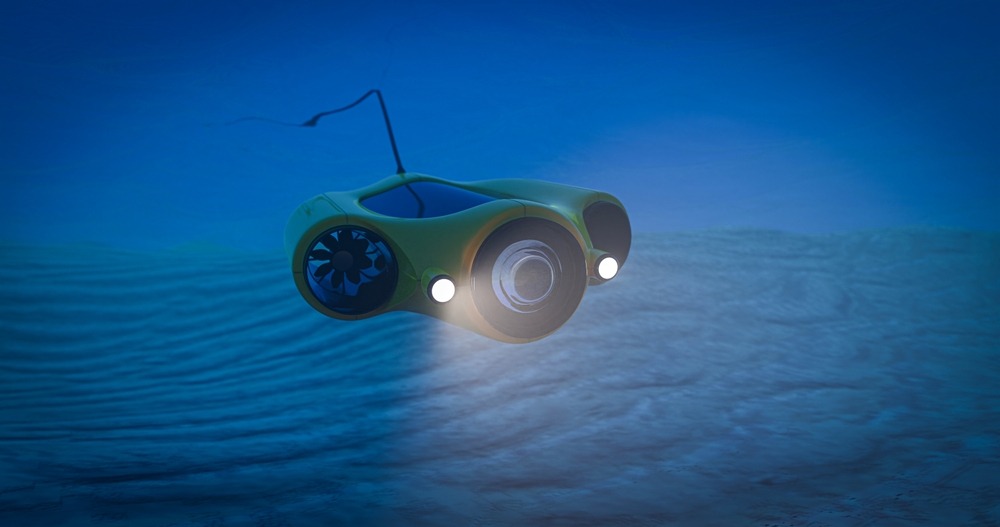
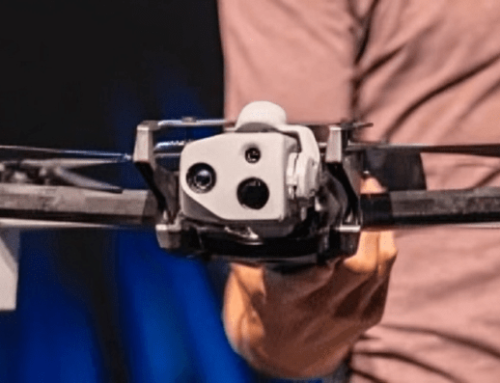
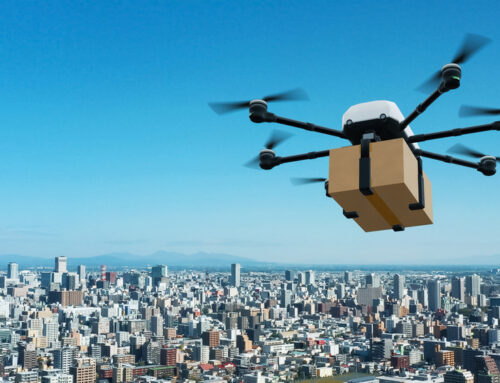
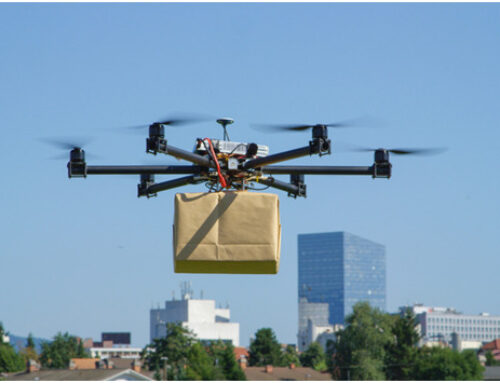

Leave A Comment